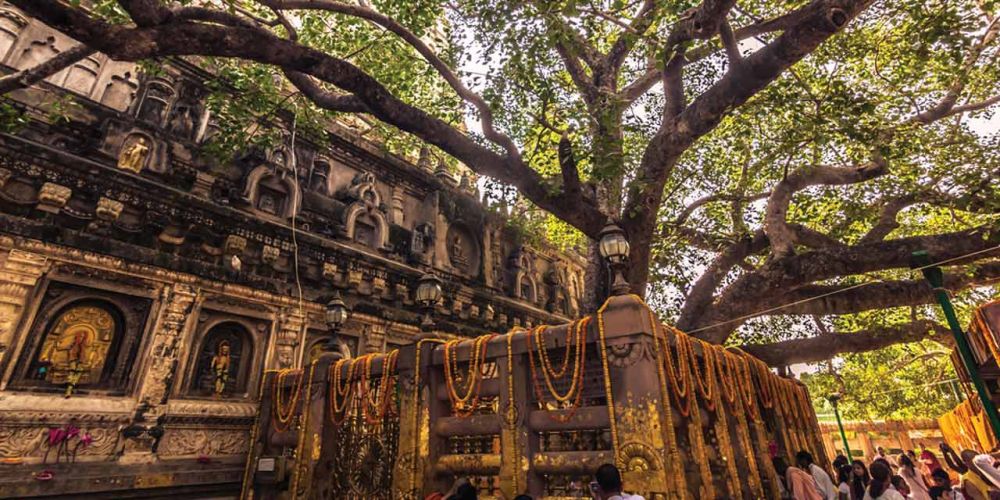

The Bodhi Tree in Bodh Gaya, Bihar, is a significant spiritual and historical site as it is believed to be the descendant of the original sacred fig tree under which Lord Buddha attained enlightenment. The best time to visit the Bodhi Tree and the Mahabodhi Temple complex is during the winter months, from November to February. During this period, the weather is pleasant with cooler temperatures ranging from 5°C to 20°C, providing a comfortable climate for pilgrimages and sightseeing. The mild weather is conducive for meditation, prayer, and exploring the ancient site without the discomfort of the heat and humidity prevalent during the summer monsoon season.
October and March are also favorable times for your visit, providing a transitional climate that is neither too hot nor too cold. It's worth noting that throughout the Tibetan pilgrim season, which coincides with the winter months, particularly in December and January, you may experience a more vibrant atmosphere as monks and followers come from various regions to participate in rituals and prayers. The month of January also celebrates the Bodh Gaya Mahotsav, featuring cultural programs that showcase the region's heritage. Although the peak season may see an influx of tourists, the serene and uplifting ambiance around the Bodhi Tree is an enriching experience that transcends the crowd.